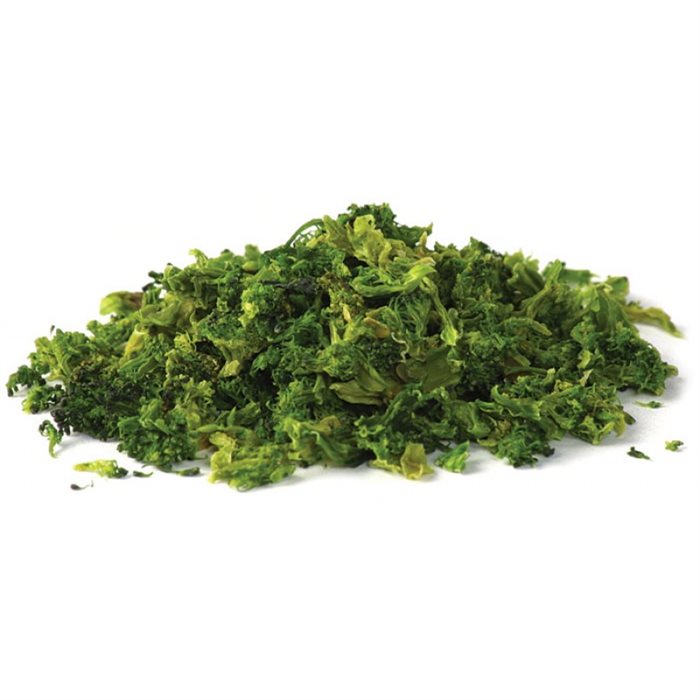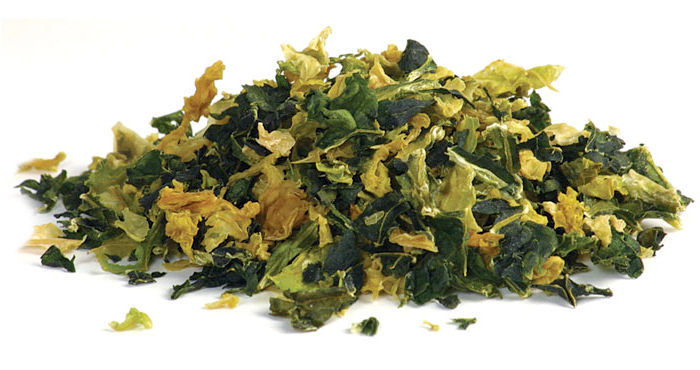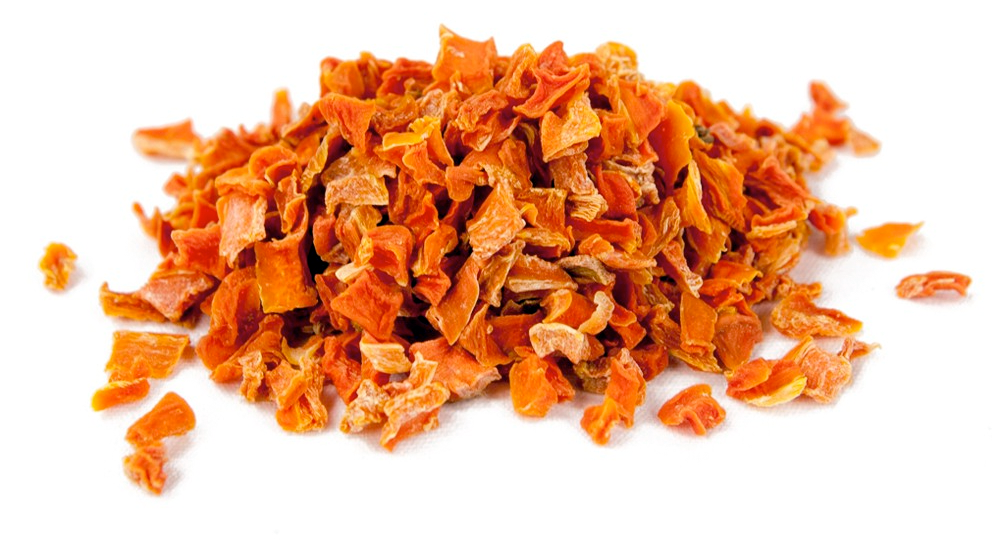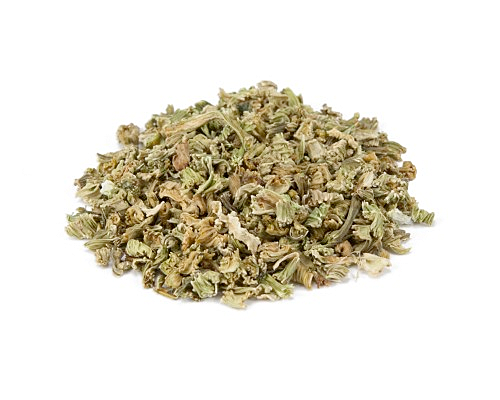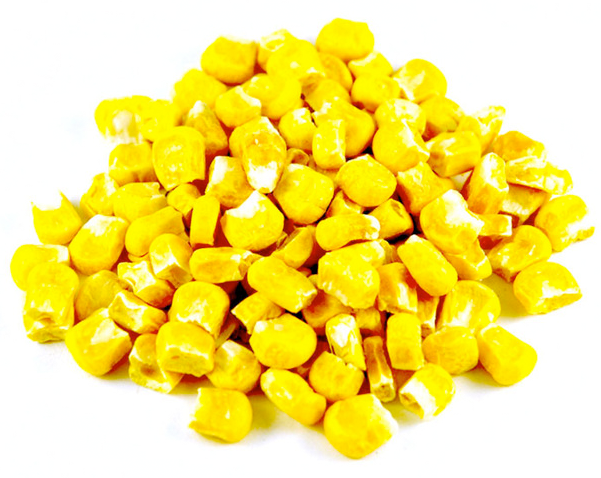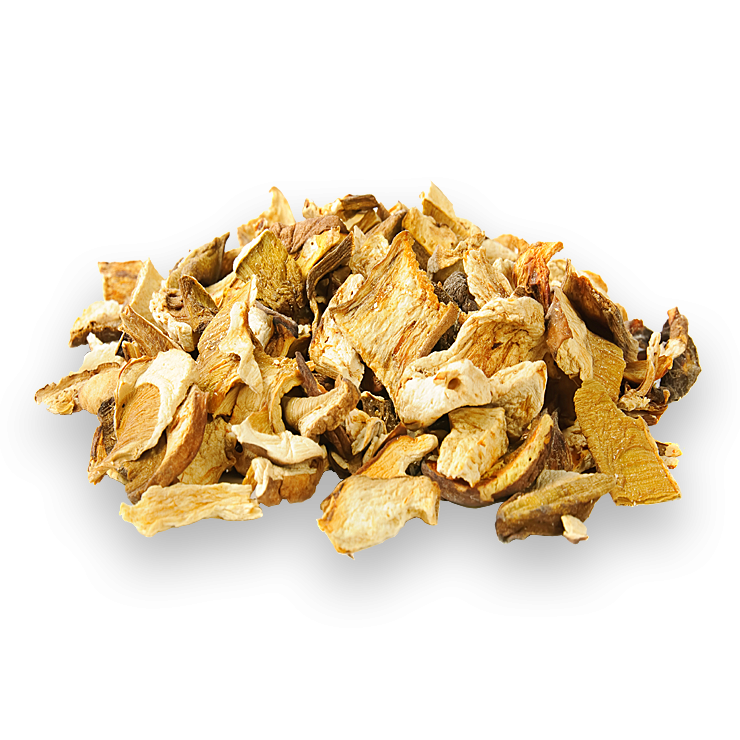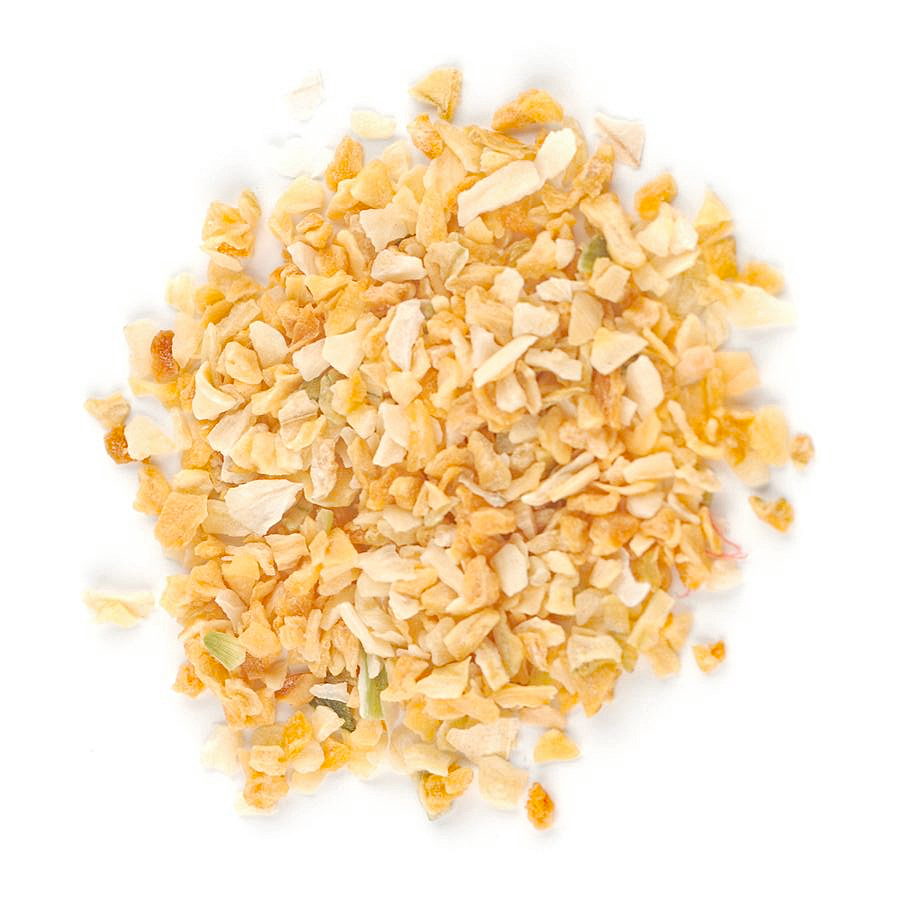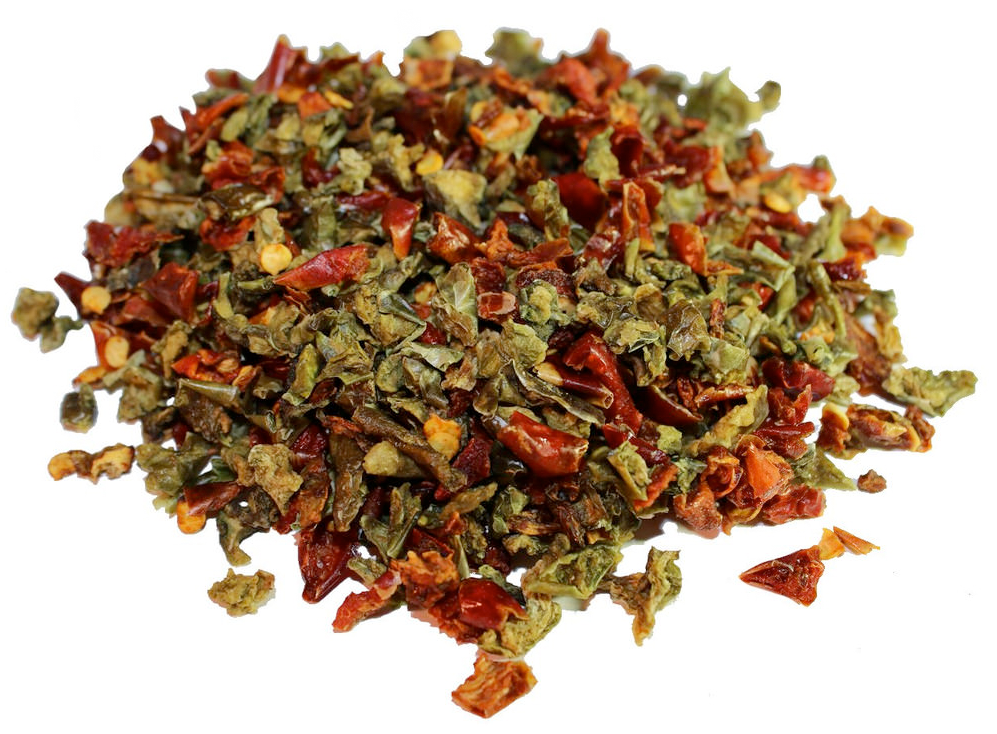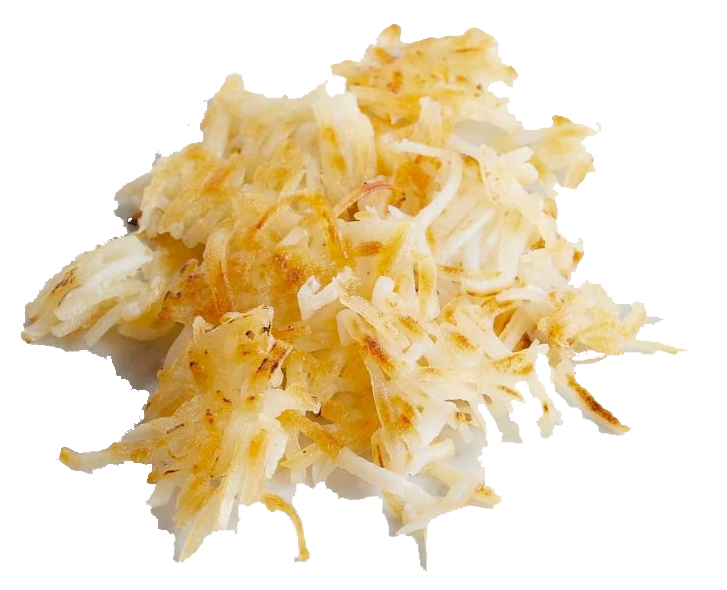Shop Products
+ Expands - Collapse
- Food Kits
- Product Brands
- Products
Dehydrated Food Samples
The following sample vegetable items are shown here to give you some more information on taste, texture and preparation.
(Also see our taste tests for more information and pictures)
Green Beans | ||
Dehydrated | Green Beans increase in volume about 2 times when boiled in water; the weight increases 5 times. Of all the dehydrated foods in this study, the green beans Rehydrated more closely to it's canned counterpart. You could put a serving of canned green beans next to a serving of cooked dehydrated green beans and not be able to see the difference. The texture and flavor is also very similar. Because of how light dehydrated green beans are, a pound of them would last a typical family for quite a while. Dehydrated green beans go great by themselves but would be equally as tasty in green bean casserole or any other green bean dish. | |
